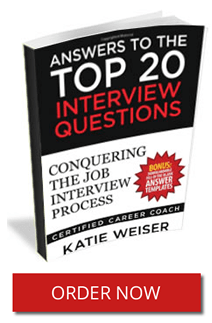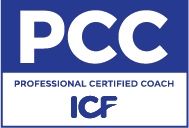
“It’s only by saying no that you can concentrate on the things that are really important.” Steve Jobs.
Steve Jobs knew that saying no allows you to focus on what is important to you. Yes, we are all so bogged down with our career “have to” tasks that we cheat ourselves of the “want to”. And, the bad news is there will always be demands placed on us at work and at home that often distract us from getting the high priority items done. Let’s also remember as kids we are taught to never say no. However, to do more of what you want, you must re-learn how to say “NO” to the “have to.”
Think about all the things you do daily, weekly, that you feel you don’t want to do but are still doing. How can you break that cycle? It isn’t easy. Here are seven tips:
- Be aware. Take a sheet of paper and draw a line down the middle. Label one side “Have To” and the other side “Want To”. Capture your thoughts in both columns. Does the “Have To” column overshadow your want to? If it does, you must be feeling a lot of overwhelm and a great burden. Work probably isn’t a lot of fun. Awareness is the first step in making positive change. Say Yes to self-reflection.
- Ask the hard questions. Why are you really doing this with such an obligation of “have to”? How did you wind up doing this in the first place? Have you become a master of “have to” and a novice of “want to”? What would be different if you did say No? Say Yes to being honest with yourself.
- Reframe the “Have To”. Some “have to” on your list are about survival. For example, if you are working for monetary reasons and it is a necessity of life, then it probably needs to stay on the list. However, your thinking around it could change – you are working to provide support to yourself and your family. This makes the job more palatable. Say Yes to the family because they are really important.
- Be clear about your career plan. Ask whether the “have to” tasks are a part of a learning process in your career plan. If they are, you may need to master the tasks and move on. Say No once you excel at the tasks.
- Could you delegate it or dump it altogether. What is it about the job that makes it feel like a “have to” burden? An analysis of your work tasks might be in order to determine which activities you could delegate or dump to free up time to do what you love to do. Say No if you can delegate or dump it.
- Learn the art of saying No. Focus your work and personal life around your wants and make commitments to do them more. That means having to say no to people in order to make time for the activities that you love or to spend more time with certain people and not others. No has a negative connotation. However, saying it in a way that suggests you would if you could makes it easier. For example, I would love to help you with that (charity work) (committee) (project), but right now I have a full plate – check with me in a few months. It is an acquired skill which includes seeing where the other person is coming from and being able to tell them why you are saying no. Say No to activities that are going to stretch the limits of your time.
- Drop the guilt. Yes, it is difficult saying no to our colleagues, family, and friends. We always feel it is going to damage the relationship in some way. But, if you can’t give it your all, what will they think of you in the end when you are not at your 100% best. Realize that saying “No” frees you up to do more of what you want to do. Say No to guilt.
Remember that we have fewer and fewer days as we get older. There are only a finite number of days left. Take those years and work your own agenda to make your own heart sing with the “Wants.” Say no to everyone else’s agenda if it doesn’t strike a chord with you. Take time for yourself and stand up for yourself – just say NO.
To Your Career Success,












